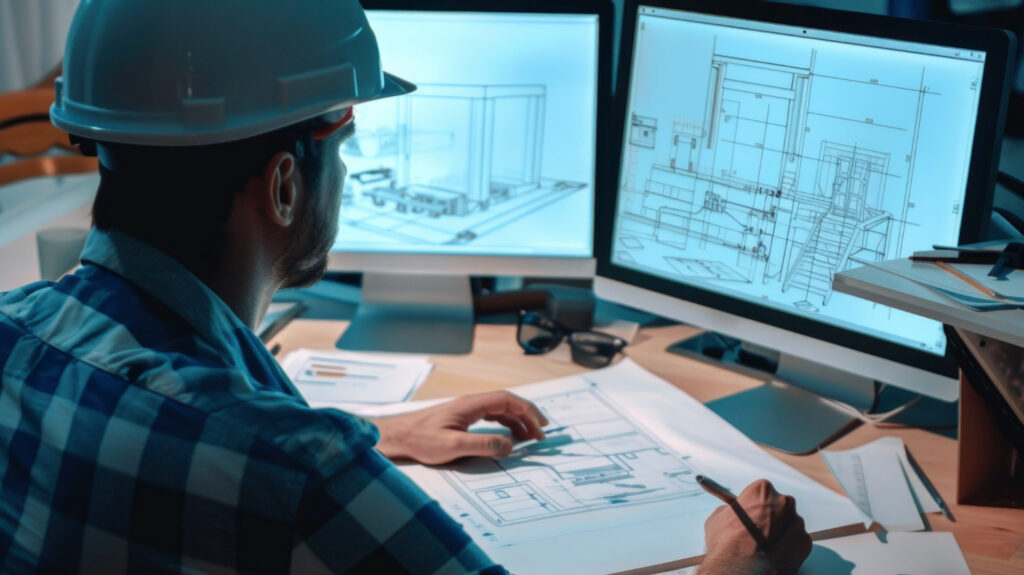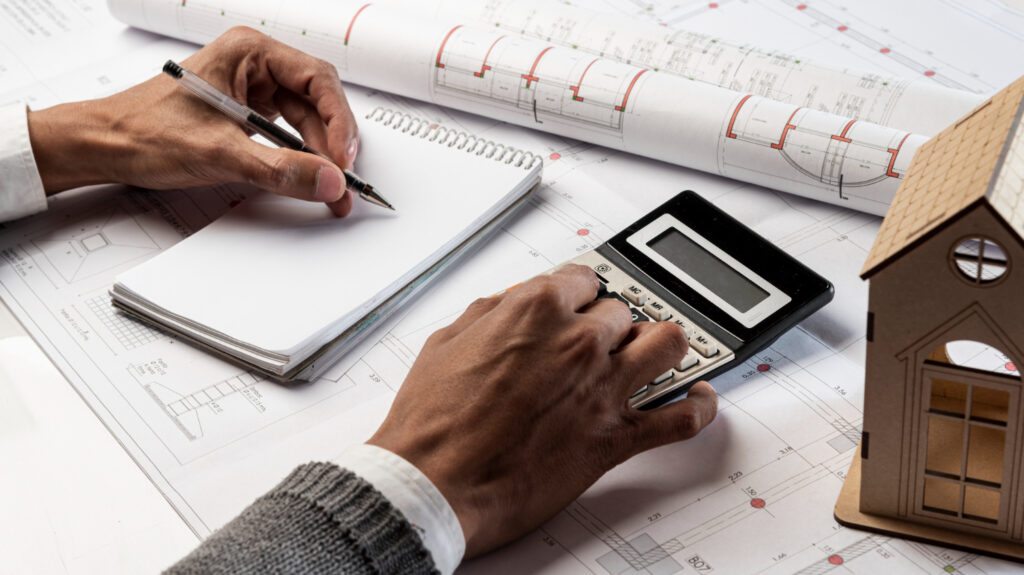Quality Control and Assurance in Construction Projects: Building It Right, Every Time
Let’s Be Honest — Everyone Says “We Deliver Quality.”
It’s on the brochures. It’s on the websites. It’s in every contractor’s pitch.
But what does quality actually mean in construction?
And more importantly — how do you control it?
Because here’s the truth: You can’t inspect quality into a building after it’s done.
You have to build it in — from day one. Through systems. Through people. Through discipline.
In this article, we unpack how serious contractors in the UAE (and their clients) manage Quality Control (QC) and Quality Assurance (QA) — not just to avoid defects, but to protect reputations, reduce rework, and exceed expectations.
Quality Control vs. Quality Assurance — Know the Difference
Let’s clear this up first.
- Quality Assurance (QA) is proactive. It’s about systems, processes, and planning — making sure the right things are done the right way from the start.
- Quality Control (QC) is reactive. It’s about inspections, testing, and verification — catching mistakes before they’re hidden under paint or tile.
Think of QA as your health routine, and QC as your check-up.
You need both. And they need to be planned, not improvised.
What Does Quality Really Mean in Construction?
In practical terms, construction “quality” is about:
- Building exactly as per design, specifications, and codes
- Using approved materials and certified systems
- Meeting or exceeding durability, finish, and performance expectations
- Ensuring the structure is safe, compliant, and ready to be certified
It’s about making sure the tile lines are straight. The MEP systems are balanced. The waterproofing doesn’t fail after handover. The joints don’t crack six months in.
At PRISTINE, we define quality as: “What we would accept in our own homes or assets — or better.”
The UAE Context: Why QA/QC Is Non-Negotiable
The UAE’s construction authorities are not forgiving when it comes to shoddy work:
- Dubai Municipality, Abu Dhabi DMT, and Free Zone Authorities conduct multiple inspections before issuing completion certificates
- Civil Defence, Environmental agencies, and DEWA/ADDC all require compliant installations before utilities are approved
- Snagging and DLP (Defect Liability Period) terms are legally enforced — and costly to fix later
Your project will be inspected. And quality failures will cost you — in delays, fines, or worse: loss of client trust.
How Quality Is Controlled on a Real UAE Construction Site
Here’s what a robust QA/QC system looks like:
1. Method Statements & ITPs (Inspection Test Plans)
Before work begins, the contractor must submit method statements — detailed documents explaining how the work will be done.
Alongside this are ITPs, which outline:
- What will be inspected
- Who will inspect it
- When inspections will take place
- What acceptance criteria apply
These are approved by consultants or client reps and become part of the construction playbook.
2. Material Submittals & Approvals
Every material — from cement to light fixtures — must be submitted for approval before use.
This includes:
- Manufacturer certifications
- Country of origin
- Environmental compliance (e.g. low VOC paints)
- Mockups for finishes (tiles, marble, paint schemes)
No guessing. No improvising. Everything gets signed off.
3. Daily Site Inspections
Good contractors conduct:
- Routine internal inspections (by site engineers and QA/QC team)
- Joint inspections with consultants or authorities
- Pre-cover checks (before concrete, backfilling, or ceilings are closed)
At PRISTINE, our QA/QC team uses structured checklists — and reports are logged in real-time.
4. Testing and Third-Party Verifications
Some components require formal testing:
- Concrete cube tests
- Waterproofing flood tests
- Electrical insulation resistance
- Chiller balancing and commissioning
Reputable contractors coordinate with independent labs and certified MEP commissioning agents.
Explore ASTM International Standards for Material Testing
5. Snagging, DLP, and Handover
Once construction wraps, the project goes through:
- Snagging – where final defects are noted and fixed
- Handover documentation – as-built drawings, manuals, warranties
- Defects Liability Period (DLP) – usually 12 months, during which the contractor is liable to rectify defects at no extra cost
Smart developers plan for snagging early — and include milestone-based QC signoffs to avoid surprises later.
What Happens When Quality Is Ignored?
- Tiling gets redone — twice
- Walls crack due to improper curing
- Electrical loads trip constantly
- HVAC systems hum like generators
- Clients delay payments or hold retention money
- Consultants issue non-compliance notices that stall progress
And if handed over poorly? Your project’s brand equity suffers — especially in residential, hospitality, or fit-out builds.
What You Should Expect from Your Contractor
You deserve a contractor who:
- Has a dedicated QA/QC manager
- Shares sample ITPs and method statements before starting
- Submits materials for approval — not after they’re installed
- Has trained site engineers reviewing work every day
- Treats snag lists as quality targets, not blame games
At PRISTINE, we believe QA/QC is not overhead — it’s value engineering for reputation.
Final Word: Build What You’d Be Proud to Put Your Name On
Quality isn’t a premium service. It’s the foundation of professional construction.
And in a competitive, compliance-heavy market like the UAE, quality is your shield against rework, disputes, and project fatigue.
At PRISTINE, we embed quality into every stage — because what we build is also a reflection of who we are.
Back to the Pillar Article:
What Is General Contracting? A Complete Guide to Construction Excellence in the UAE



